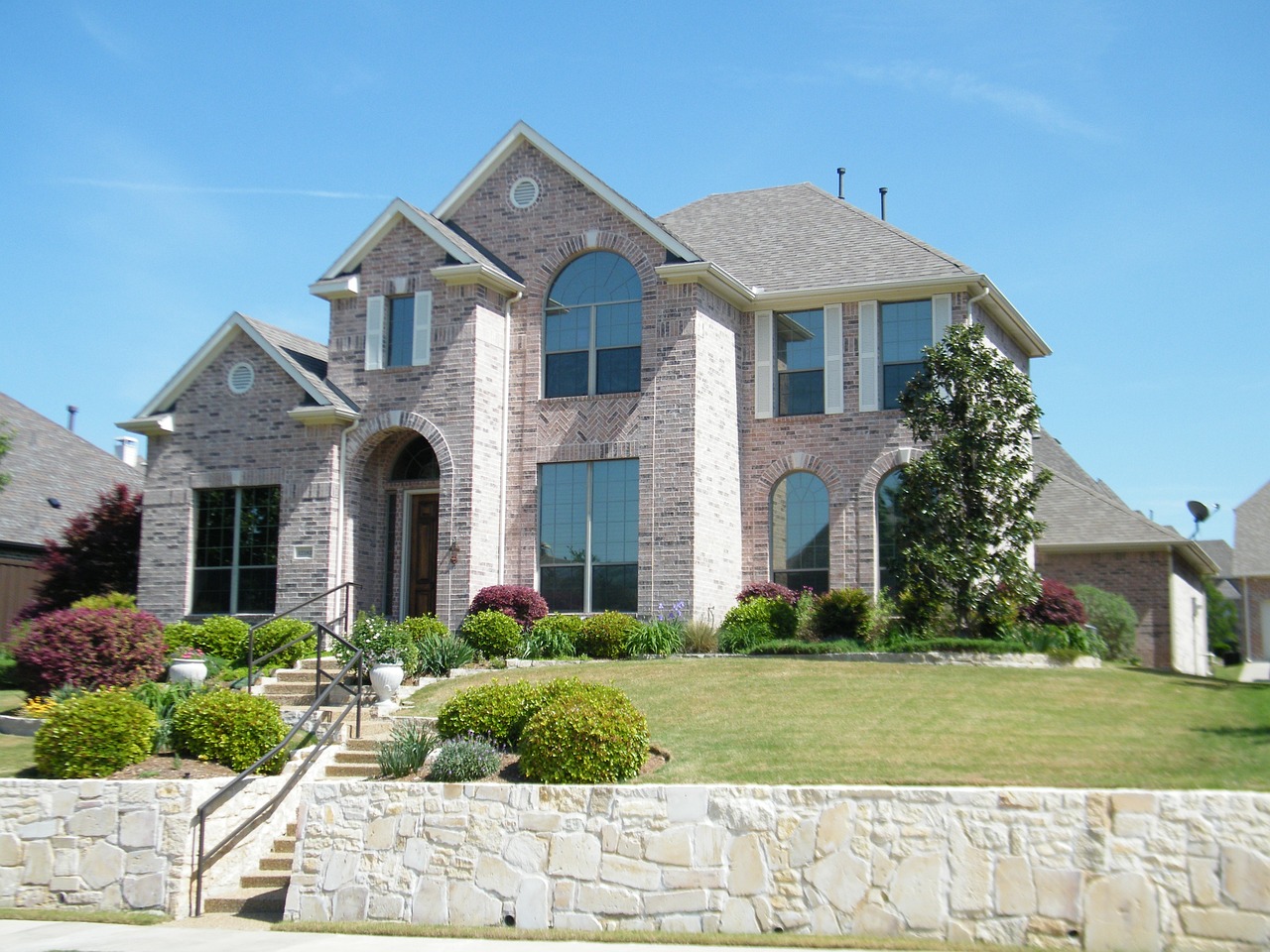Understanding the Importance of Proper Ventilation in Home Improvement Projects
In the realm of maintaining a healthy home environment, ventilation plays a crucial role. Proper ventilation is essential in ensuring that indoor air quality remains at an optimal level, which is vital for the well-being of occupants. It helps in regulating the amount of moisture in the air, preventing the build-up of harmful pollutants, and reducing the risk of respiratory issues.
Moreover, effective ventilation aids in the circulation of fresh air throughout the living space, promoting a comfortable and pleasant atmosphere. By allowing for the exchange of stale indoor air with fresh outdoor air, ventilation helps to remove unwanted odors and airborne contaminants, creating a healthier environment for individuals to thrive in. Prioritizing ventilation in your home can significantly contribute to overall health and well-being by improving air quality and creating a more comfortable living space.
The Dangers of Poor Indoor Air Quality
Poor indoor air quality can lead to a range of health issues for individuals inhabiting the space. Symptoms such as fatigue, headaches, irritations of the eyes, nose, and throat, as well as respiratory conditions like asthma, may be exacerbated by pollutants present in the air. If left unchecked, continued exposure to these contaminants can have long-term detrimental effects on one’s well-being.
Additionally, poor indoor air quality can contribute to the spread of infectious diseases within a household or building. When air is not adequately ventilated and circulated, viruses, bacteria, and other pathogens can linger in the environment, increasing the risk of illnesses being transmitted from person to person. Maintaining good indoor air quality is crucial not only for individual health but for preventing the potential spread of contagious diseases among occupants.
How Proper Ventilation Can Prevent Mold and Mildew
Mold and mildew are common culprits in homes, thriving in damp and poorly ventilated areas. They not only pose a threat to the structural integrity of a building but also present health hazards to its occupants. These fungi release spores into the air, which when inhaled, can trigger allergic reactions and respiratory issues.
Proper ventilation is crucial in keeping mold and mildew at bay by reducing moisture levels in the air. By promoting air circulation, ventilation helps to expel damp air and introduce fresh, dry air into the space. This prevents condensation from building up on surfaces, which is essential for inhibiting the growth of mold and mildew.





